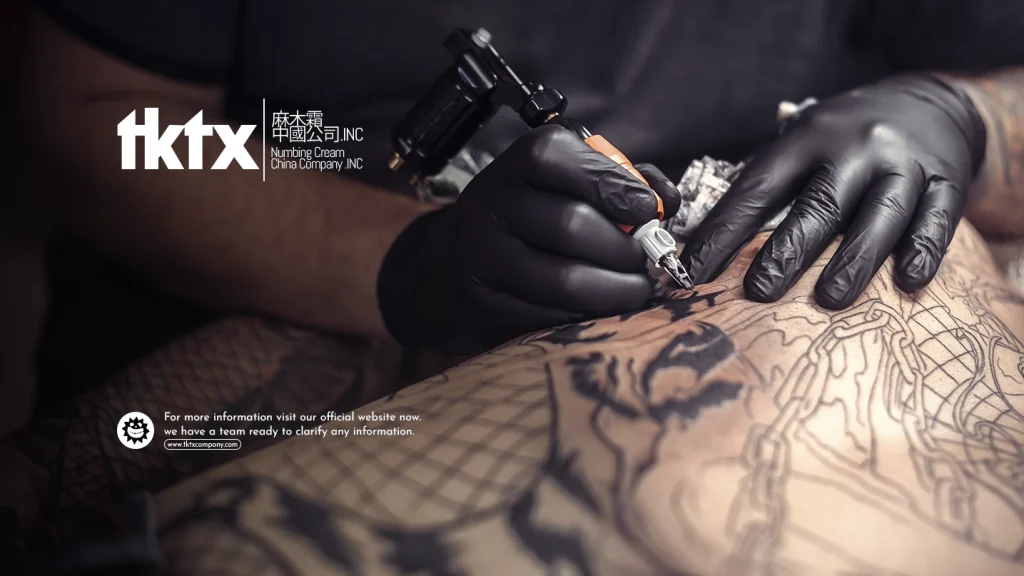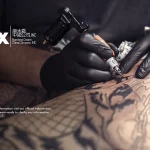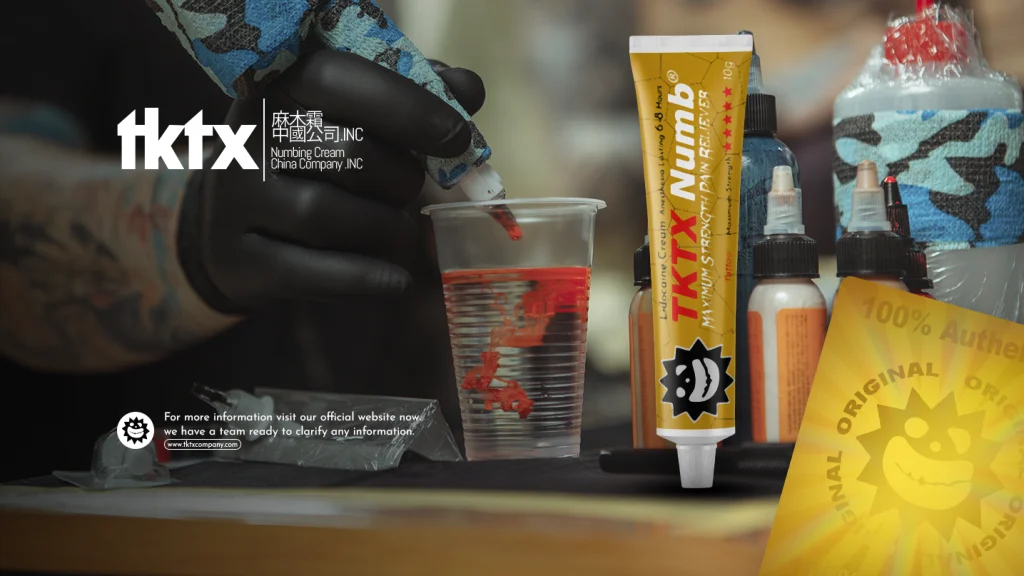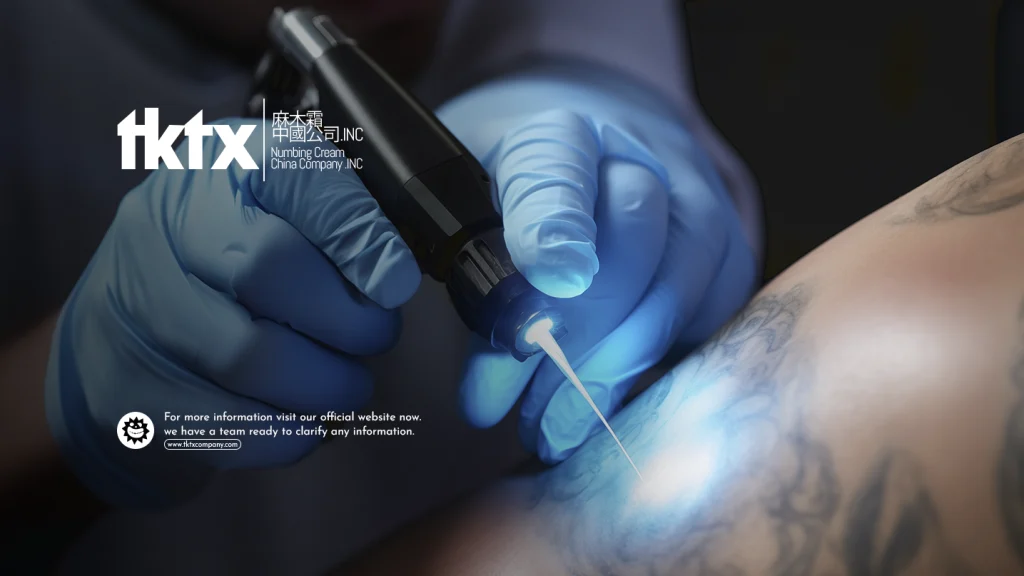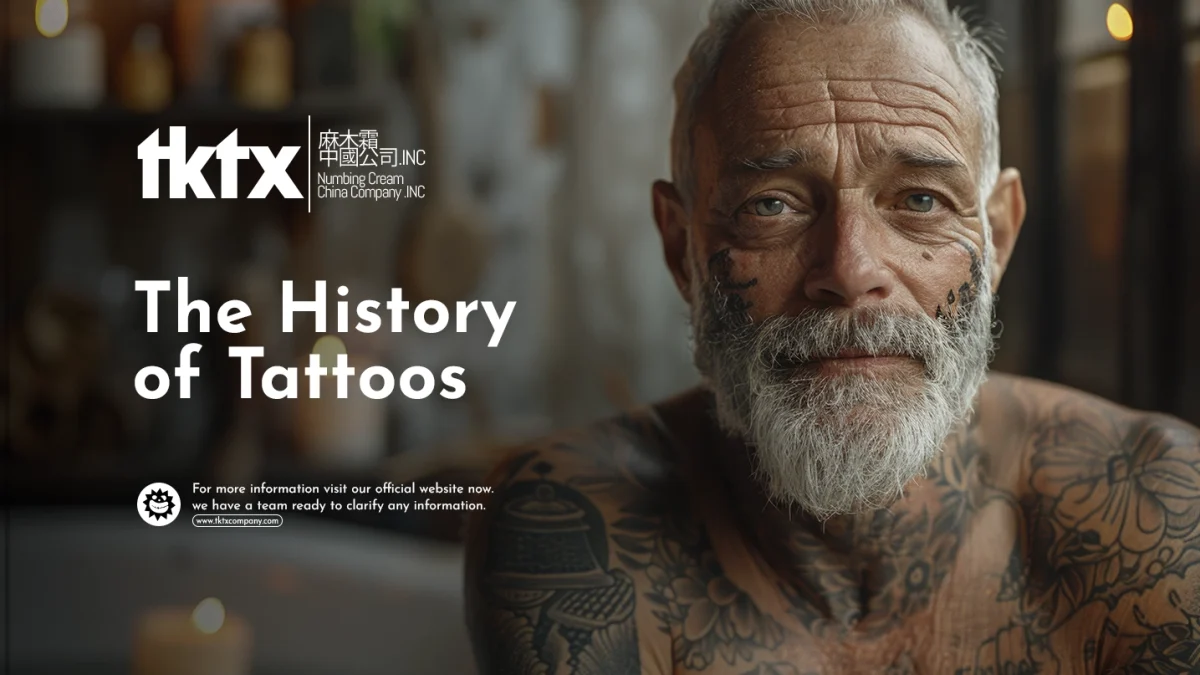
Tattoos have fascinated humanity for thousands of years, serving as symbols of identity, personal expression, social status, religious rituals, and even forms of punishment. The art of tattooing the skin is a global phenomenon found in various cultures and historical periods. This article explores the rich and varied history of tattoos, from their origins to the present day.
Ancient Origins
Prehistory
The oldest evidence of tattoos dates back to about 5,000 years ago. One of the most notable discoveries is the mummy of Ötzi, the Iceman, found in the Ötztal Alps on the border between Austria and Italy. Dated to approximately 3300 BCE, Ötzi had several tattoos on his body, believed to have been used as a form of therapy for joint pain.
Ancient Egypt
In Ancient Egypt, tattoos were common among priestesses and possibly associated with religious rituals and fertility practices. Mummies of women dated to 2000 BCE have been found with tattoos representing sacred symbols and deities.
Ancient Cultures
Polynesia
In Polynesia, tattoos have been an integral part of the culture for centuries. The word “tattoo” derives from the Tahitian term “tatau.” In cultures like Samoa, tattoos (called “pe’a” on men and “malu” on women) are symbols of identity, social status, and connection to ancestry. The traditional process is painful and involves tools made from bones and teeth.
Japan
In Japan, the art of tattooing, known as “irezumi,” has a complex history. Initially associated with religious and spiritual practices, Japanese tattoos came to be used as a form of punishment for criminals during the Edo period (1603-1868). Eventually, it developed into a refined art form, especially among members of the Yakuza, the Japanese mafia.
Tattoos in the Middle Ages and Renaissance
During the Middle Ages in Europe, tattoos nearly disappeared due to the influence of the Catholic Church, which considered them pagan practices. However, in the Middle East, Crusaders often returned to their homelands with tattoos symbolizing their pilgrimages and devotions.
Modern Era
19th Century
In the 19th century, tattoos began to gain popularity in Europe and North America, especially among sailors, soldiers, and criminals. In 1891, Samuel O’Reilly patented the first electric tattoo machine, revolutionizing the practice and making it more accessible and less painful.
20th Century
In the 20th century, tattoos underwent a significant transformation. In the 1960s and 1970s, they became symbols of counterculture and rebellion, especially among the hippie and punk movements. The 1990s saw tattoos gain mainstream acceptance, with celebrities and public figures openly displaying their tattoos.
Tattoos Today
Today, tattoos are widely accepted and celebrated as a form of art and personal expression. Techniques and styles vary widely, from traditional to realism, watercolor, and geometric designs. With the advent of social media, tattoo artists have gained platforms to showcase their work, further increasing the popularity of tattoos.
Conclusion
The history of tattoos is a testament to the diversity and complexity of human experience. From ancient therapeutic practices and religious rituals to contemporary artistic expression, tattoos continue to evolve and reflect the culture and identity of their bearers. Regardless of style or meaning, each tattoo tells a unique and timeless story.



